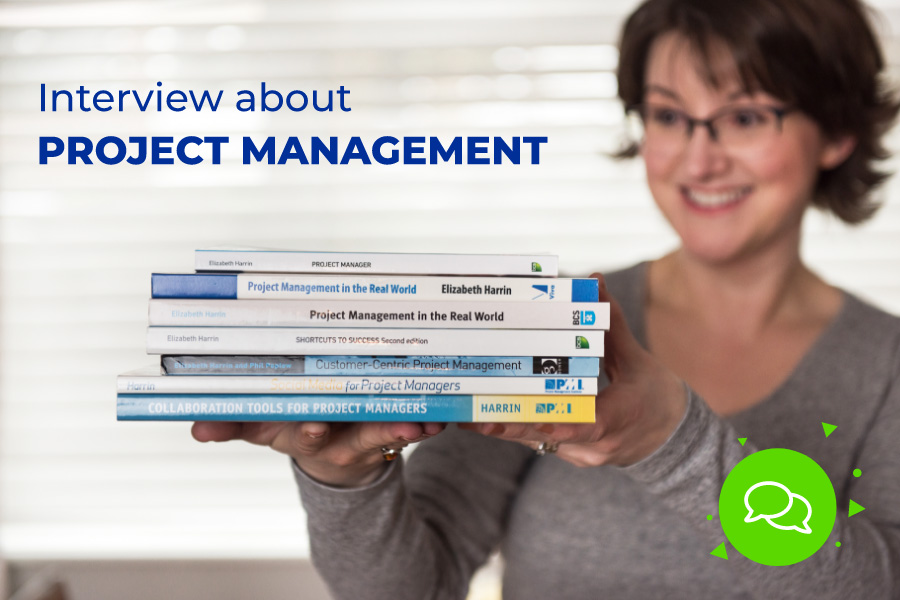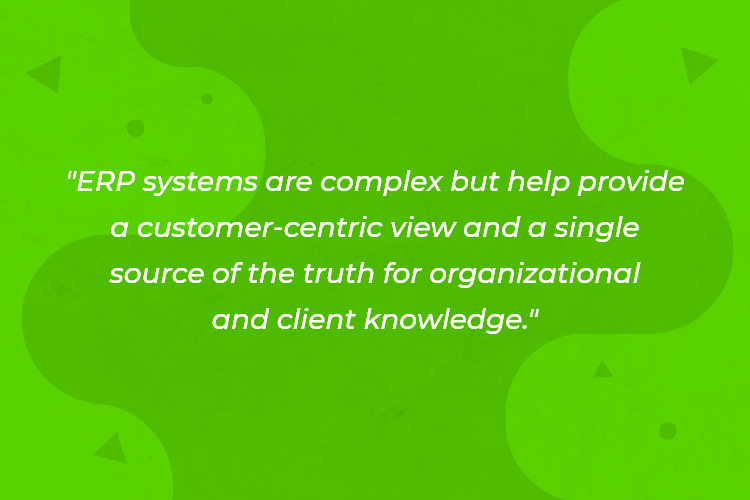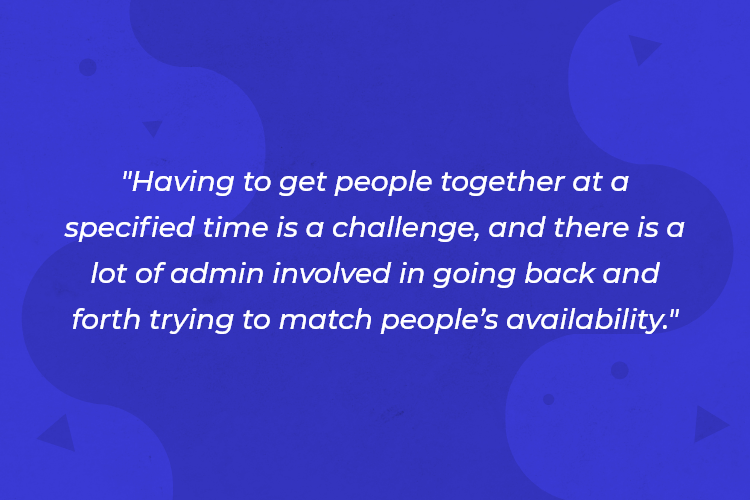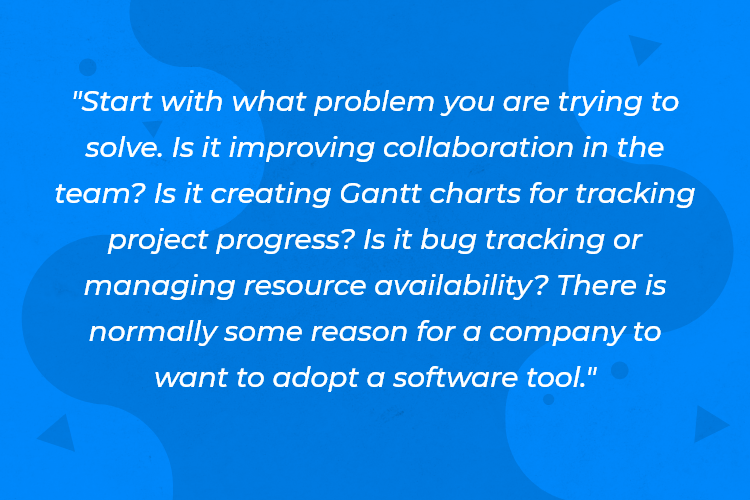
Elizabeth Harrin is a seasoned professional of 20 years in healthcare and financial services Project Management, even though you could not say that by her looks and a warm welcoming smile on her face. Project Management, being a male dominated field, gave her an opportunity to add some sugar, spice and everything nice. Thus, “A Girl’s Guide to Project Management” blog was born. After about 6 books, several awards we found her at the Otobos Consultants Ltd virtual office leading her crew. Elizabeth is now happy to share her knowledge through Project Management Rebels, mentor, help and even offer PM templates to both men and women in the field.
Welcome, Ms. Harrin! Thank you for taking some time to talk to us. Before we dive into the world of PM, please tell us what got you interested in PM in the first place?
EH: I joined a graduate training scheme with American Express and was fortunate to do a placement in a team called Business Re-engineering. I realized that PM as a discipline existed – as it was never an option while I was at university – and that it was a career where I could use the skills I had. After that, I sought out a full-time PM job as I knew I could learn more and feel like I was contributing in a field I enjoyed.
In one of your books titled “Project Management in the Real World” you share about 250+ years of experiences from professional project managers, so you have seen PM change and evolve. What is the one change that happened in PM that was the most impactful?
EH: That’s 250 years of experience as the sum total of expertise from the project managers interviewed from the book – not 250 years of history! You make it sound like I’m 250 years old.
The publication of the Agile Manifesto has probably created the most impactful change to how projects are managed. Project management has evolved gradually through the adoption of best practices for hundreds of years, but if you asked me to pinpoint an exact event, I’d say the Agile Manifesto helped drive through a sea change in the thought process around delivering organizational change.
And what is in the cards for the PM field in the future, with all this new experience and knowledge we are acquiring?
EH: I have a blog article publishing on 23 September covering the future of project management – so feel free to check that and pull out a few points.
The challenges of remotely managing projects are very real now, what do you think is the most useful piece of technology to have by your side?
EH: I do everything from Zoom calls to video editing on my iPad but if I had to choose just one application, it would be email. Yes, even in these days of Slack and collaboration tools – and even having written a book about collaboration tools for project managers – most of the work I do now couldn’t happen without email.
What are the benefits of using ERP systems for the organization as a whole?
EH: ERP systems are complex but help provide a customer-centric view and a single source of the truth for organizational and client knowledge. A joined-up way of working helps everyone and minimizes the need for multiple systems, reducing the IT burden.
Read on: Key benefits and drawbacks of ERP systems

What are the most complex and time-consuming tasks for a PM? What could make them easier and quicker?
EH: I asked my readers about this recently and the answers included reporting and booking meetings. Having to get people together at a specified time is a challenge, and there is a lot of admin involved in going back and forth trying to match people’s availability. Many companies use shared calendars to help with this, and I encourage you to let your colleagues see your availability so they can more easily book time with you.
Meeting planning simplified

You have published a book “Collaboration Tools for Project Managers”, what advice can you give to PMs looking for a new software?
EH: Start with what problem you are trying to solve. Is it improving collaboration in the team? Is it creating Gantt charts for tracking project progress? Is it bug tracking or managing resource availability? There is normally some reason for a company to want to adopt a software tool – and ‘because everyone says it’s a good idea’ is not a suitable reason.
Read on: Get your ERP tailored the way you want

Which features are “must haves” for a great PM Software?
EH: There aren’t any hard and fast rules. It depends what your requirements are. There are tools covering every aspect of PM and supporting different approaches and different levels of PM maturity in the organization, so it really is down to your personal requirements and those of your team.
Read on: How to choose the right project management tool
In your most recent blog post you are talking about collection, storing and protection of data and GDPR. How can an ERP system help with compliance?
EH: You can use the ERP system to track things like a customer’s data preferences and what they have opted in to. Then you can make sure you contact them in an appropriate way in line with what you have permission to do.
And finally, what are your plans? We are already looking forward to some new interesting topics!
EH: I’ll be continuing to work with the Project Management Rebels community, as well as the rest of my faculty colleagues at The PM Circle. My new program, The Delivery Roadmap, is an introductory project management course and we welcomed over 30 students into the current cohort. I’m looking forward to working with them over the next month and also to learning how to improve the program for 2021.
Read on: Interview with Ramaswamy V Krishnamurti
Once again, we greatly appreciate the time you have given us for this interview. We wish you all the best in your future endeavors!
